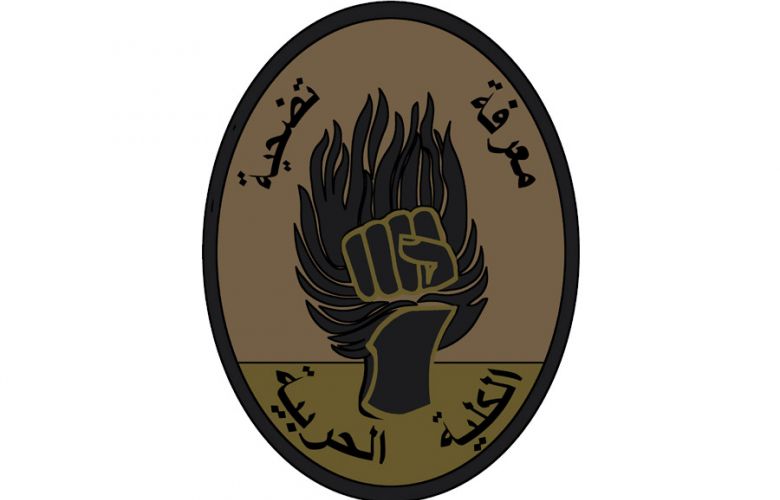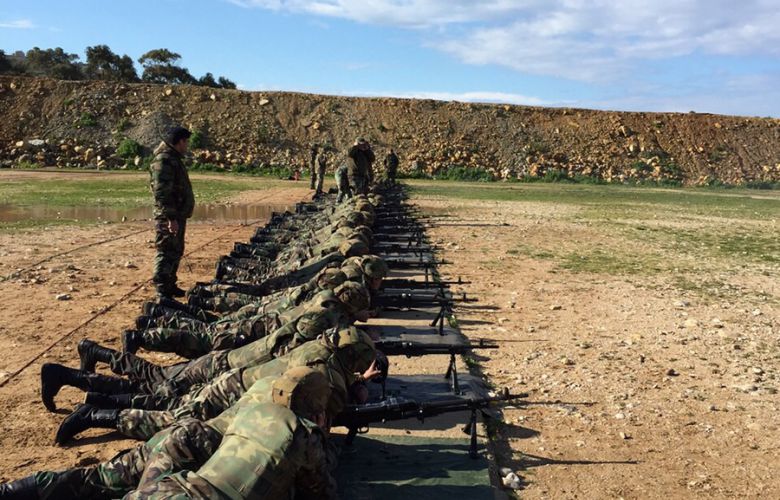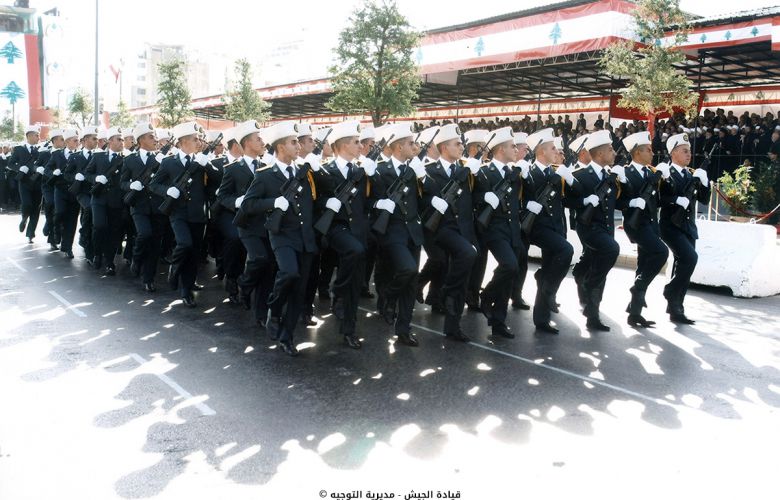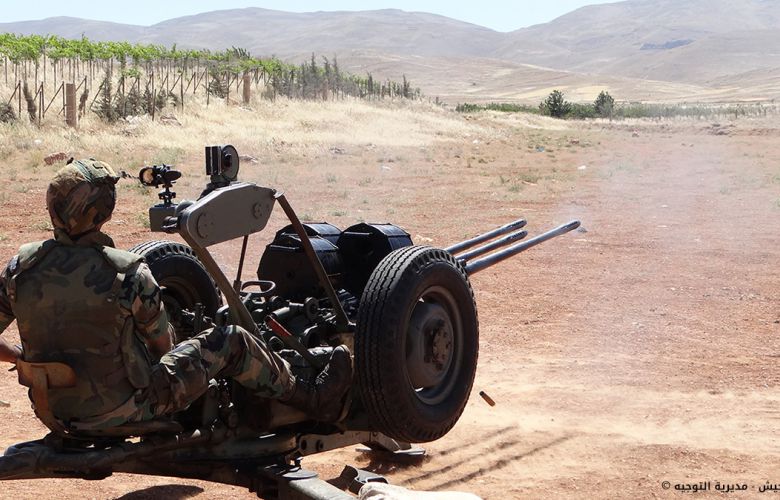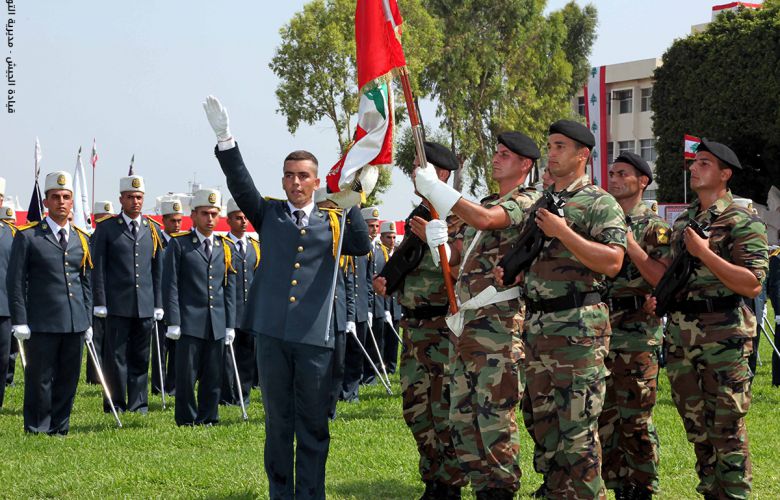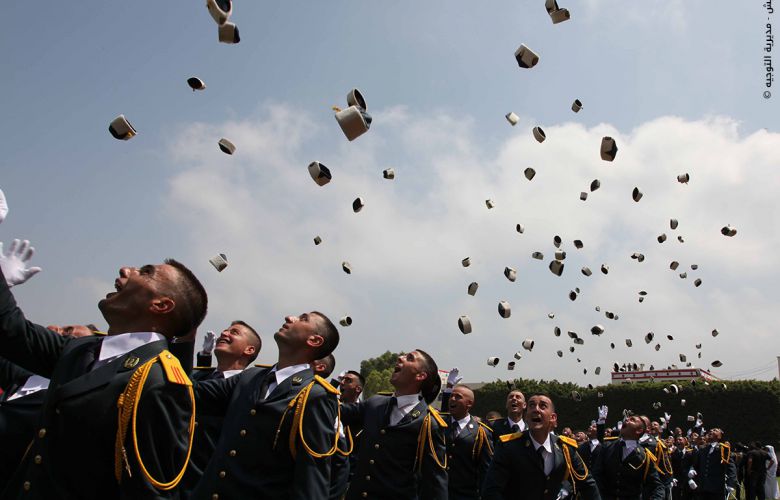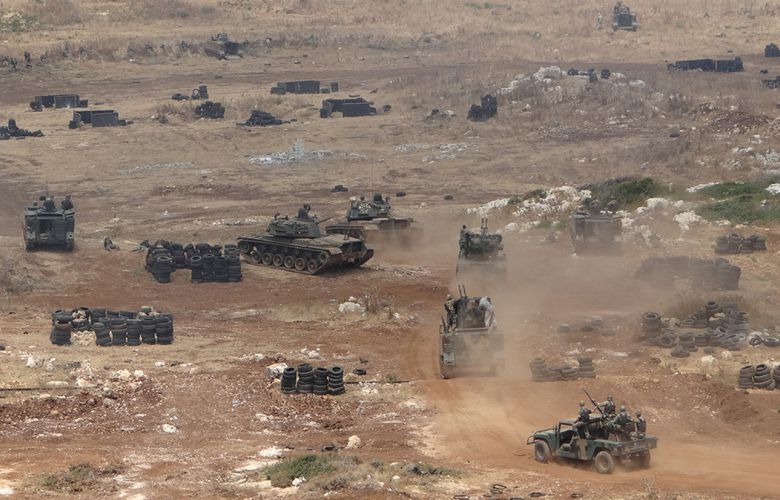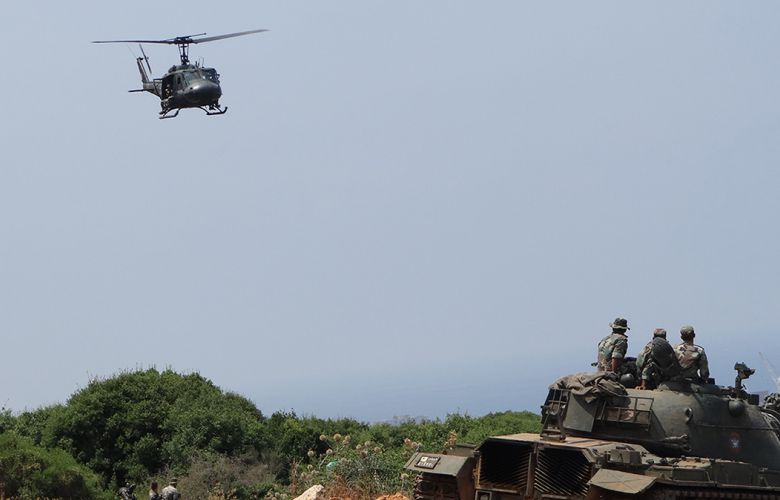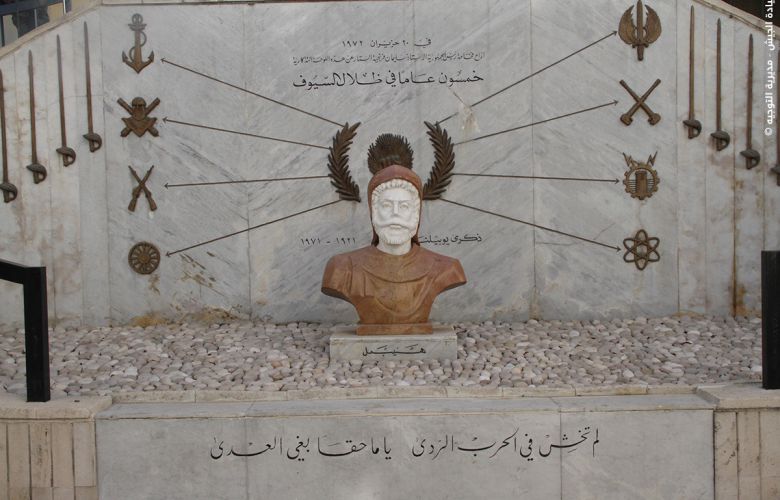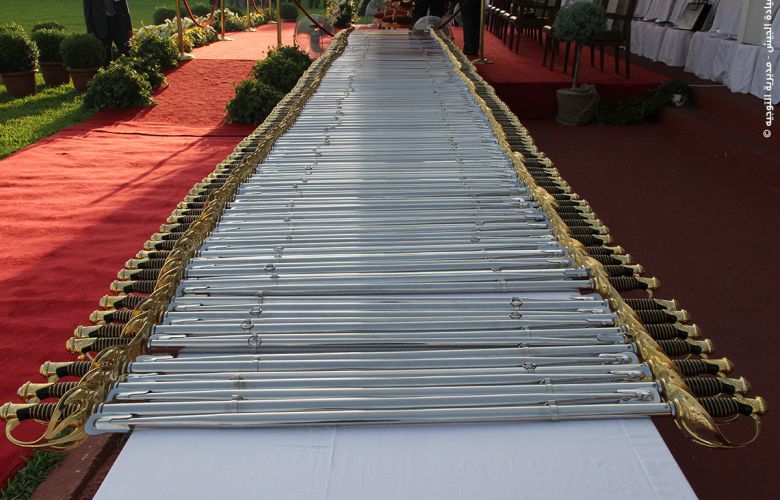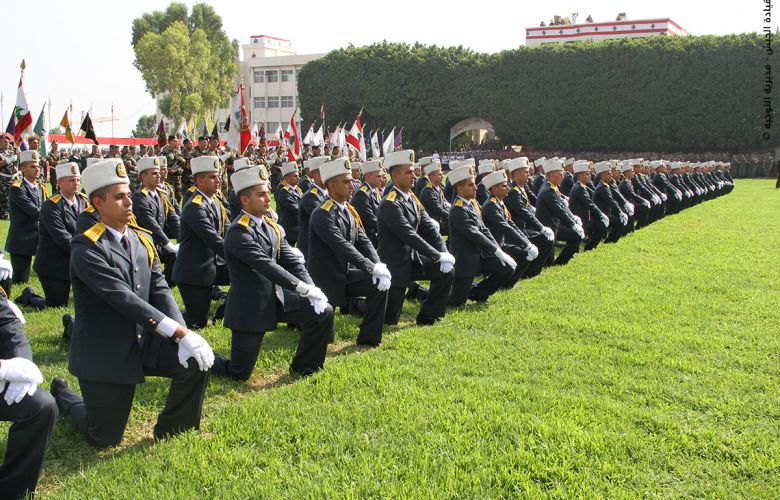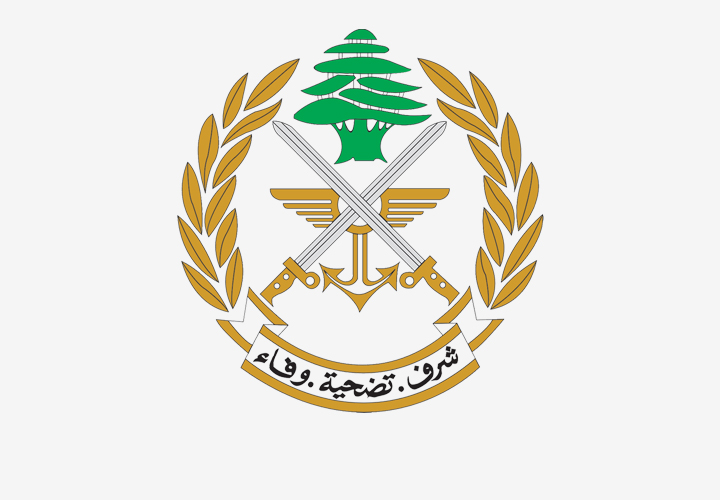The Military Academy
The military school: The Pre-Independence Era
Following World War One, the French Army organized different army units in the countries under mandate. As a result, national officers, translators and specialists were needed in order to establish departments for these units and eventually prepare these countries for their independence.
History of the foundation of the Military School
A Military School was established in Damascus in 1921 to train the officers needed for these new units. In 1932, the Military School was relocated to Homs.
The managerial Staff in the pre-independence period
The managerial Staff of the School during that period consisted of:
• The school Commander: A French Officer.
• The Commander assistant: A Lebanese or Syrian officer.
• Training Officers and their NCO assistants: Lebanese, Syrian or French.
The enrollment and graduation took place during the month of October every year.
The Military School Task – Pre-Independence period
At the end of the training period, cadet officers would graduate and get promoted to second lieutenant in accordance with a decree. During the graduation ceremony, which was often chaired by the Syrian prime minister, the graduating officers were given:
• A Platoon commander certificate according to the combat arms: Infantry, Cavalry, Artillery, Engineering.
• A Certificate of competence for the rank of second lieutenant.
After graduation, the officers were assigned to different army units where they were part of the managerial staff tasked to lead and train.
Provisions of admission to the military school in that period
The following conditions were required for admission to the military school in Damascus:
• Must have the Lebanese or Syrian nationality, from a Lebanese or Syrian father.
• Must be 18 to 25 years by 31 December of the year of admission (single, divorced or widower).
• Holder of the brevet certificate.
• Must pass the admission test.
The establishment of an independent military school in Lebanon
On the 15th of August 1945, the school barracks were handed over to the Syrian authorities and the Lebanese and French units moved to Lebanon.
Instructors and students joined the Kobbe barracks in Tripoli and they were under the administrative authority of a company in the third battalion located there.
Afterwards, students were given a 15-day leave and were ordered to join a camp in Kousba - Koura - North Lebanon.
On September 25, the school moved to St Antonios convent in Baabda, and settled there for about one year.
On the 14th of October 1946, the school moved to Shukri Ghanem barracks in Fayadieh and was under the administrative authority of the command and administration department. The buildings consisted of barracks that were used by the British before they left Lebanon, and the school remains in this location today.
On the 31st of December 1951, the Lebanese president Beshara el Khoury inaugurated the school’s new buildings.
The Lebanese Military School was named as "The Military Academy"
On August 17, 2011 and according to law No: 163 dated 17/8/2011, the Lebanese Military School was named as "The Military Academy".
The emblem:
The emblem is composed of a hand grabbing a flame of fire embraced with two green spikes and topped by the motto “Knowledge” - “Sacrifice”. The hand grip holding the flame of fire denotes the will of sacrifice, endurance and confrontation against all hardships and difficulties in pursuit of knowledge.
Current conditions for admission
The candidate must meet the following requirements:
• Lebanese for more than 10 years.
• Age: between 18 and 23.
• Not sentenced with felony or the attempt of a felony of any kind, or with disgraceful misdemeanor or the attempt of an indecent Misdemeanor, or with incarceration for a period exceeding six months. These rules apply to those who were exonerated after benefiting from a pardon (general or special pardon).
• Bachelor, divorced, or widower (no children).
• Good Reputation, and not addicted to alcohol, gambling or drugs.
• Lebanese Bacc.II or its equivalent.
• Fit for military service.
• Willing to sign a contract for a period defined by the institute that he is applying for.
• Willing to sign a written commitment after joining the military academy regarding his consent to break ties and all affiliations with any party, association, or union and not attend their meetings.
Enrolment Tests
The enrolment test to the military academy goes through four phases:
• First phase: IQ test.
• Second phase: physical fitness test.
• Third phase: medical test.
• Fourth phase: writing and evaluation test.
Candidates will be able to move on to the next phase only if they have passed in the previous one.
The army command, with the approval of the military council, announces the special terms and conditions of each phase annually, before the beginning of the admission tests.
The mission of the military academy
The habilitation and training of:
• Cadet officers (army, internal security forces, general security forces, state security forces, customs).
• Specialist officers recruited as trainee officers according to their fields of studies.
• Company Grade Officers (Company Commander Course).
• Officers under conscription (military draft Officers).
• Chief warrant officers eligible to become officers.
To achieve its mission, the academy concentrates on
• Moral and national habilitation.
• Military preparation.
• Physical ability.
• Educational and cultural development.













